Icing your foot after a challenging hike helps a lot when managing the discomfort of plantar fasciitis. As a hiker, you know that the strain on your feet can sometimes leave you seeking relief.
So, how long should you ice your foot for optimal results when dealing with potential plantar fasciitis after completing a strenuous mountain trail?
To effectively use ice therapy for plantar fasciitis, apply ice to the injured tissue, massage the area, or combine both methods 2 to 3 times daily, lasting 5 to 10 minutes.
For optimal relief, ice your foot for 10 to 20 minutes. This timeframe strikes a balance between achieving maximum benefits and avoiding potential drawbacks.
We will discuss why icing is recommended for plantar fasciitis after engaging in a demanding hike through rugged terrain and challenging elevation changes. Also, explore different options for applying ice to alleviate discomfort.
How Long to Ice Foot for Plantar Fasciitis: After-Hiking Ice Application Options
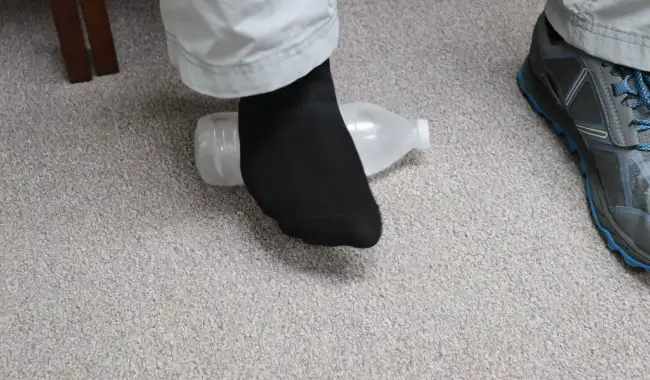
When applying ice for plantar fasciitis relief after hiking, you have a few options. The following are listed:
- Ice Therapy Slippers
- Ice Cubes
- Frozen Vegetables
- Store-Bought Ice Packs
- Paper Cups
- Water Bottle
Let’s examine each ice application for plantar fasciitis after hiking in more detail.
1. Ice Therapy Slippers
Consider getting a pair of ice therapy slippers specifically designed to provide targeted relief to the affected areas of your feet.
These specialized slippers are designed to distribute ice gel evenly across your feet. They provide targeted relief to the affected areas, which can help alleviate pain and inflammation.
The slippers are easy to use. All you have to do is freeze the ice gel inserts beforehand and then place them inside the slippers. Slip the slippers on your feet and relax for 10 to 20 minutes.
2. Ice Cubes
Another option for applying ice therapy after hiking is using ice cubes. Wrapping ice cubes in a towel or plastic bag and gently placing them on your foot allows you to confirm the cold treatment to the contours of your foot. This can be an effective way of reducing pain, swelling, and inflammation.
To use ice cubes, fill a plastic bag with ice cubes or crushed ice and wrap it in a towel. Gently place the ice pack on the affected area and hold it there for 10 to 15 minutes. Ensure not to apply the ice directly to your skin as it can cause ice burns.
3. Frozen Vegetables
If you don’t have ice packs or ice therapy slippers, you can use frozen vegetables like a bag of frozen peas or corn as a makeshift ice pack. Frozen vegetables can provide the same level of cold therapy as ice while being more cost-effective.
To use frozen vegetables, wrap the bag in a towel or a cloth and place it on the affected area. Make sure to label the bag as a medical device after the first use to avoid confusion.
4. Store-Bought Ice Packs
Store-bought ice packs are another convenient and hassle-free option for immediate post-hike relief. These packs come in various shapes and sizes, so you can choose the one that works best for your needs. They are easy to use and require no preparation, making them a great option for on-the-go relief.
To use a store-bought ice pack for plantar fasciitis relief after hiking, simply place the pack on the affected area.
5. Paper Cups
You can use a simple paper cup if you don’t have any specialized ice therapy tools on hand. Freeze water in a paper cup, peel away the paper to create an ice cylinder, and use it for massaging the affected areas. This method is cost-effective and easy to use, making it a great option for those on a budget.
To use a frozen paper cup for plantar fasciitis relief after hiking, simply roll the ice cylinder under your foot. This will provide targeted relief to the affected area, reducing inflammation and numbness.
6. Water Bottle
If you’re looking for a way to combine the benefits of icing with gentle stretching after your hike, then a frozen water bottle is an excellent option.
Freeze a single-serving water bottle, then use it to roll your foot along the length of the bottle. The cold therapy will help to reduce inflammation, while the rolling action will stretch the plantar fascia, promoting healing and flexibility.
To use a frozen water bottle for plantar fasciitis relief after hiking, roll the water bottle under your foot for about five to ten minutes, focusing on the affected area. This will help to soothe your tired and inflamed feet, reducing pain and discomfort.
How Long to Ice Foot for Plantar Fasciitis: Reasons to Ice After a Challenging Hike
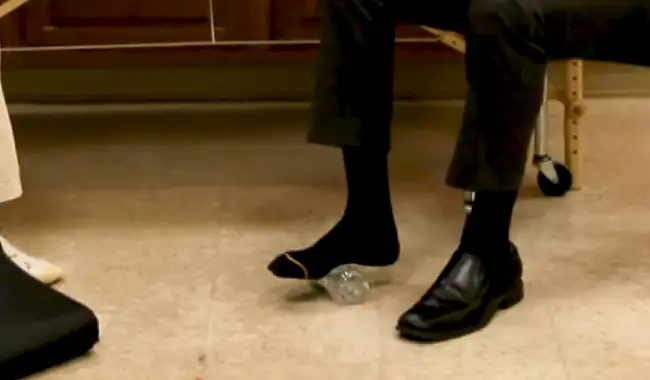
Hiking is a rewarding adventure, but it can put a strain on your feet, particularly the plantar fascia. After completing a demanding hiking expedition, icing your feet holds numerous benefits for your overall well-being. The following are among them:
1. Reducing Inflammation
Applying ice to your foot can help alleviate inflammation caused by hiking. When you engage in a challenging hiking expedition, your feet experience repetitive stress that can lead to micro-tears and inflammation in the plantar fascia.
Icing your foot after hiking can be an effective way to reduce this inflammation and promote faster recovery.
The ice’s cold temperature helps constrict blood vessels, decreasing swelling and alleviating pain. Also, icing can help numb the area, temporarily relieving discomfort.
2. Easing Pain
Icing your foot after a hike can temporarily relieve pain and soreness. The pounding and pressure experienced during a challenging hiking expedition can exacerbate discomfort for individuals with plantar fasciitis.
Pain and stiffness in the bottom of the foot are symptoms of plantar fasciitis, an inflammation of the thick band of tissue connecting the heel bone to the toes.
Applying ice to the affected area numbs nerve sensations, reducing pain and providing relief.
3. Preventing Further Damage
Applying ice after a hike helps prevent additional damage by constraining blood vessels, reducing blood flow to the area.
By constraining blood vessels, ice helps reduce blood flow to the area, which minimizes the risk of blood leakage and further inflammation.
4. Enhancing Recovery
After completing a challenging hiking expedition and experiencing plantar fasciitis, you need to prioritize your recovery. Elevating your foot can help reduce swelling and promote blood flow to the affected area. This simple technique aids in minimizing discomfort and expediting the healing process.
Incorporating these practices into your recovery routine can assist in getting you back on your feet and enjoying your favorite activities sooner.
Can icing worsen post-hiking plantar fasciitis?
Icing can indeed worsen post-hiking plantar fasciitis if not done correctly. While ice can reduce inflammation and numb pain, excessive icing or applying ice directly to the skin without a barrier can lead to complications.
Prolonged icing beyond 20 minutes can increase blood flow rate and exacerbate inflammation instead of reducing it. Also, applying ice directly to the skin can result in frostbite or skin damage.
Therefore, it’s crucial to follow proper icing guidelines, such as using a towel or cloth as a barrier, limiting icing sessions to around 10-20 minutes, and allowing adequate time between icing sessions.
This cautious approach ensures that icing remains a beneficial and safe part of your post-hike plantar fasciitis relief strategy.
When should you stretch your foot for post-hike plantar fasciitis, before or after icing?
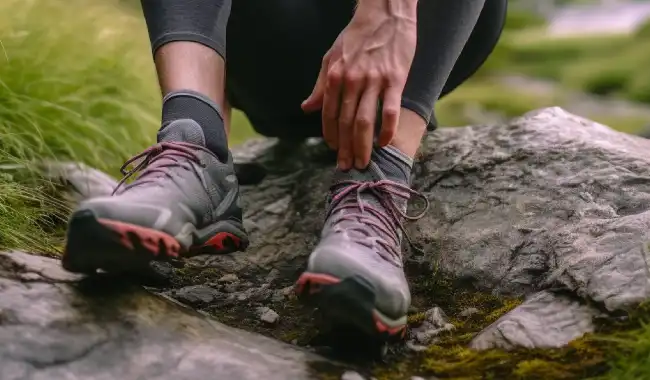
For post-hike plantar fasciitis, stretching your foot before icing is recommended. This is because stretching will warm up and loosen the tissues, improving blood flow to the affected area.
This will prepare your foot for ice therapy and enhance the effectiveness of the treatment. However, you have to remember that intense cold exposure immediately after stretching might cause unintended consequences, potentially over-exerting a cold tendon.
Therefore, gently stretching before icing your foot is a prudent way to maximize both techniques’ benefits while minimizing potential risks.
So, if you want to see the best results from your post-hike plantar fasciitis treatment, make sure to stretch first before applying ice.
Embrace Your Hiking Adventures with Confidence and Comfort
When you face the discomfort of plantar fasciitis after an invigorating hike, remember that ice therapy can be your ally in finding relief.
By adhering to the recommended guidelines of applying ice for 10 to 20 minutes, 2 to 3 times daily, you can effectively manage inflammation, ease pain, prevent further damage, and enhance your recovery.
Prioritize your post-hike routine by stretching your foot gently before icing, as this combination optimizes the benefits while minimizing risks.
By incorporating these practices, you’re empowering yourself to overcome the challenges of plantar fasciitis and continue enjoying the rewards of hiking without unnecessary discomfort. Your well-being is your greatest adventure.
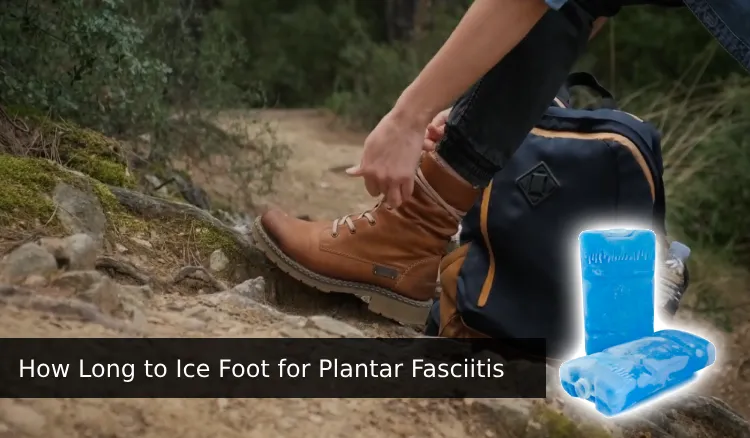
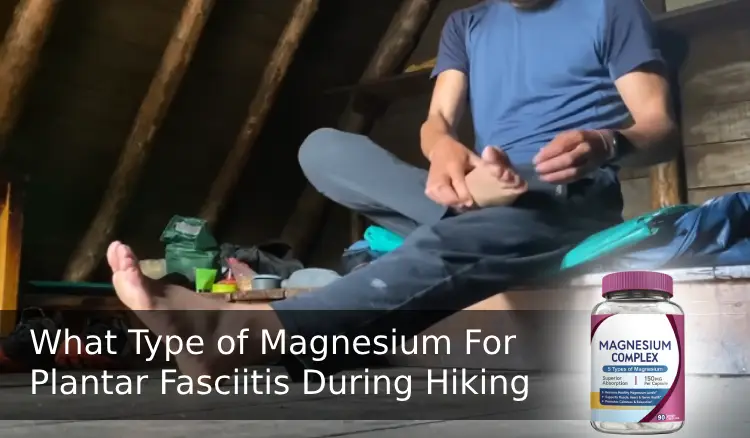

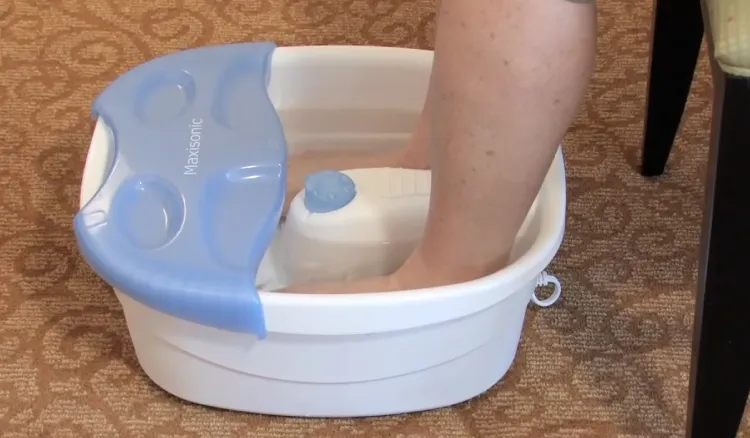
Leave a Reply